Loss of Power Over Water. Ditch it, or Beach it Photos
Thread Starter
Join Date: Nov 2014
Location: Melbourne
Posts: 37
Likes: 0
Received 0 Likes
on
0 Posts
Loss of Power Over Water. Ditch it, or Beach it Photos
Seeing as I am a pilot in a coastal area, I was looking at the relative success rate of beach landings. Usually beach sand just above the waterline does appear to have relatively compact and often smooth characteristics, but landing on it is not something I would like to really ever try, particularly if its not my plane, and sorta 'cos a lot of these photos look kinda, I dunno, fatal?
I found this slew of rather convincing photographs (scroll down) all of which rather strikingly indicate that while instructors often say you can put down on a beach, you will pretty much be in deep **** if you do ever attempt it. Not to mention the likelihood of people lying on it with their eyes closed, completely oblivious to your silent approach. Then again, going 30 metres off shore into the water is going to be a guarrantee of a sudden impact and a complete write-off of the aircraft, while still presenting the possibility of people in your dropzone. And because I have seen footage of planes landing on a beach as a normal thing, and there are even some islands that have their beaches as their airports, if the conditions are right, it can be done. Thus the beach still does present a chance of a non-damaging actual landing. Just that it may not be as high a chance as we all hope for.
Having asked a number of them, Instructors don't often have any experience with beach landings, nor much advice about it.
Has anybody made beach landings a successful part of their normal operations? Any tips to make it a safer experience?

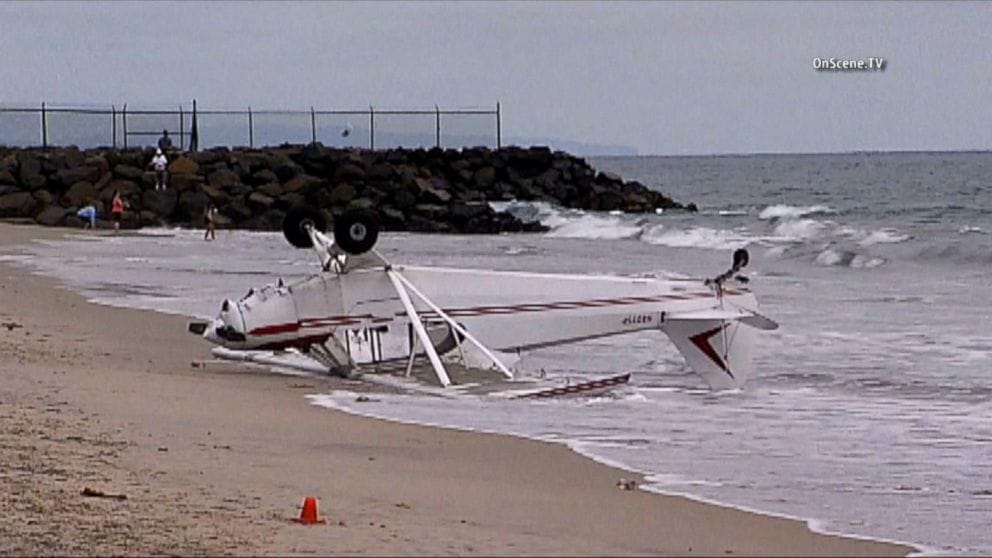
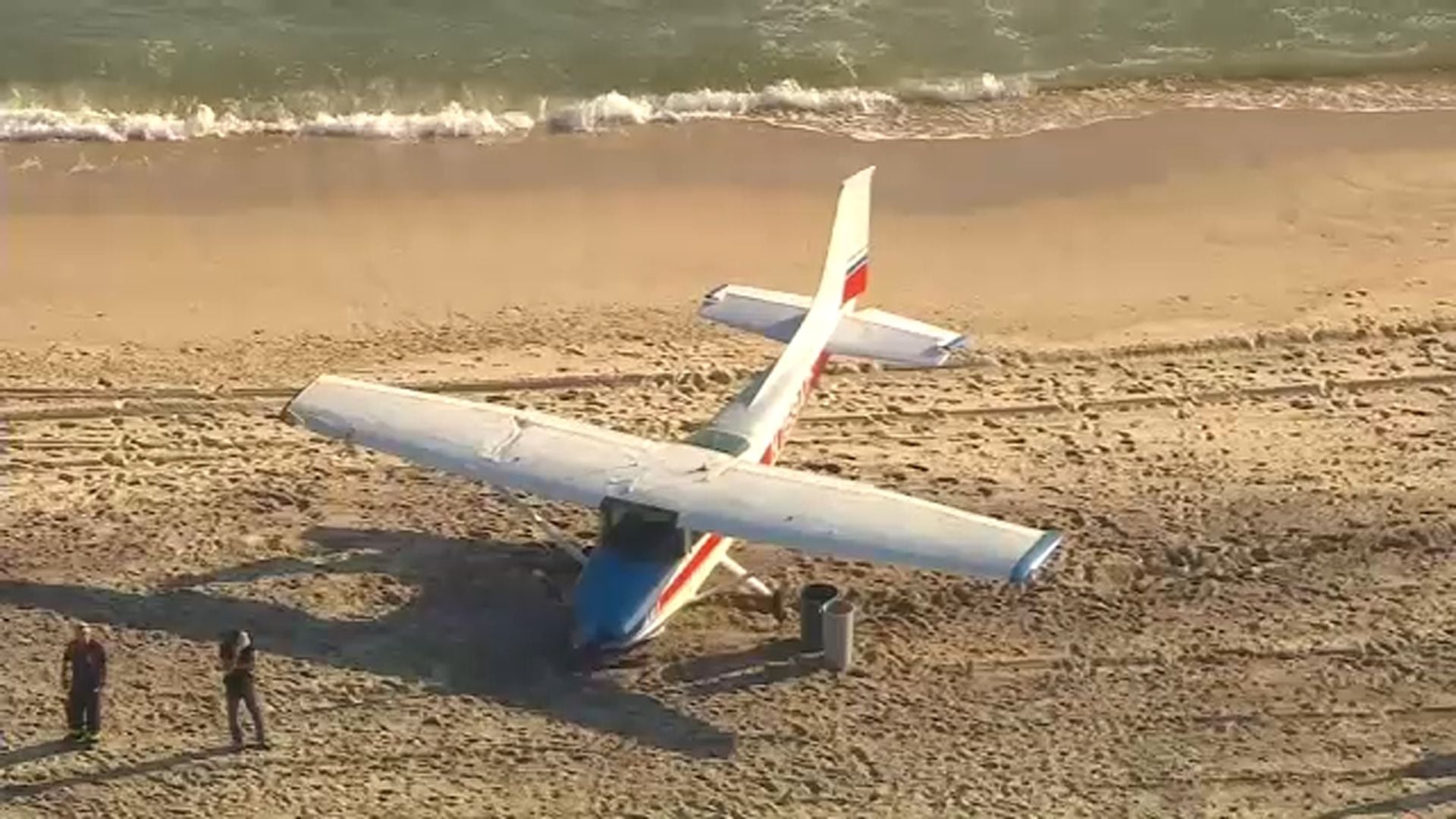
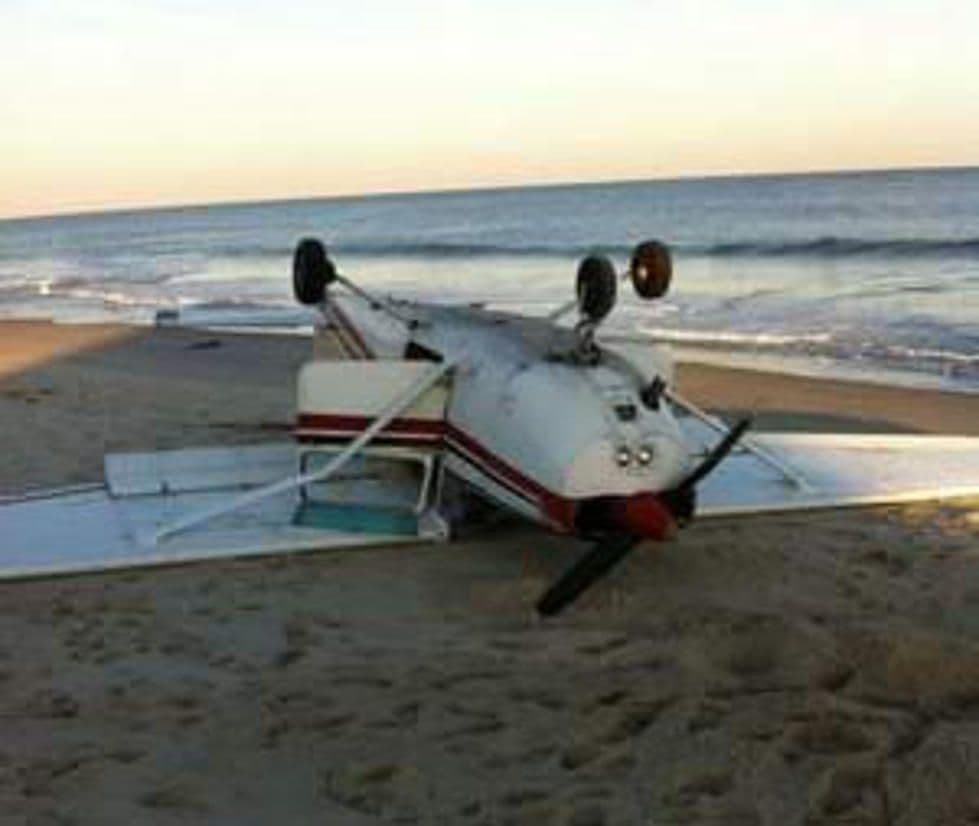

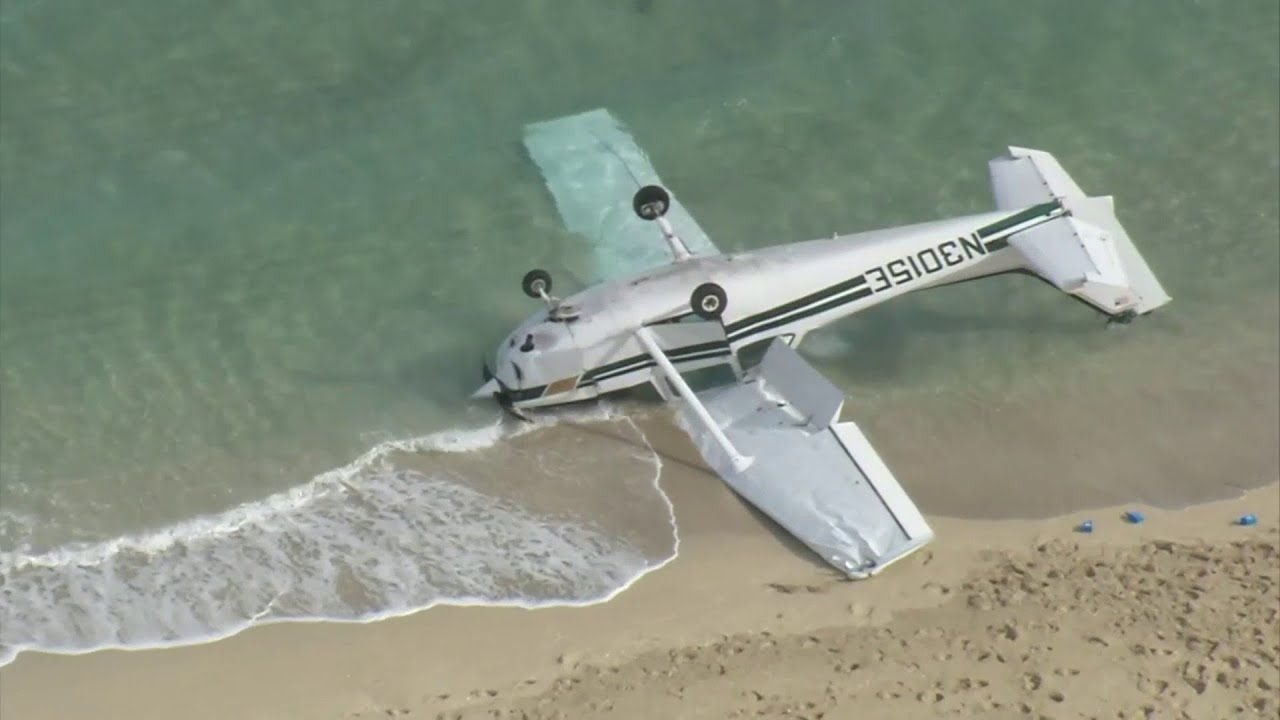

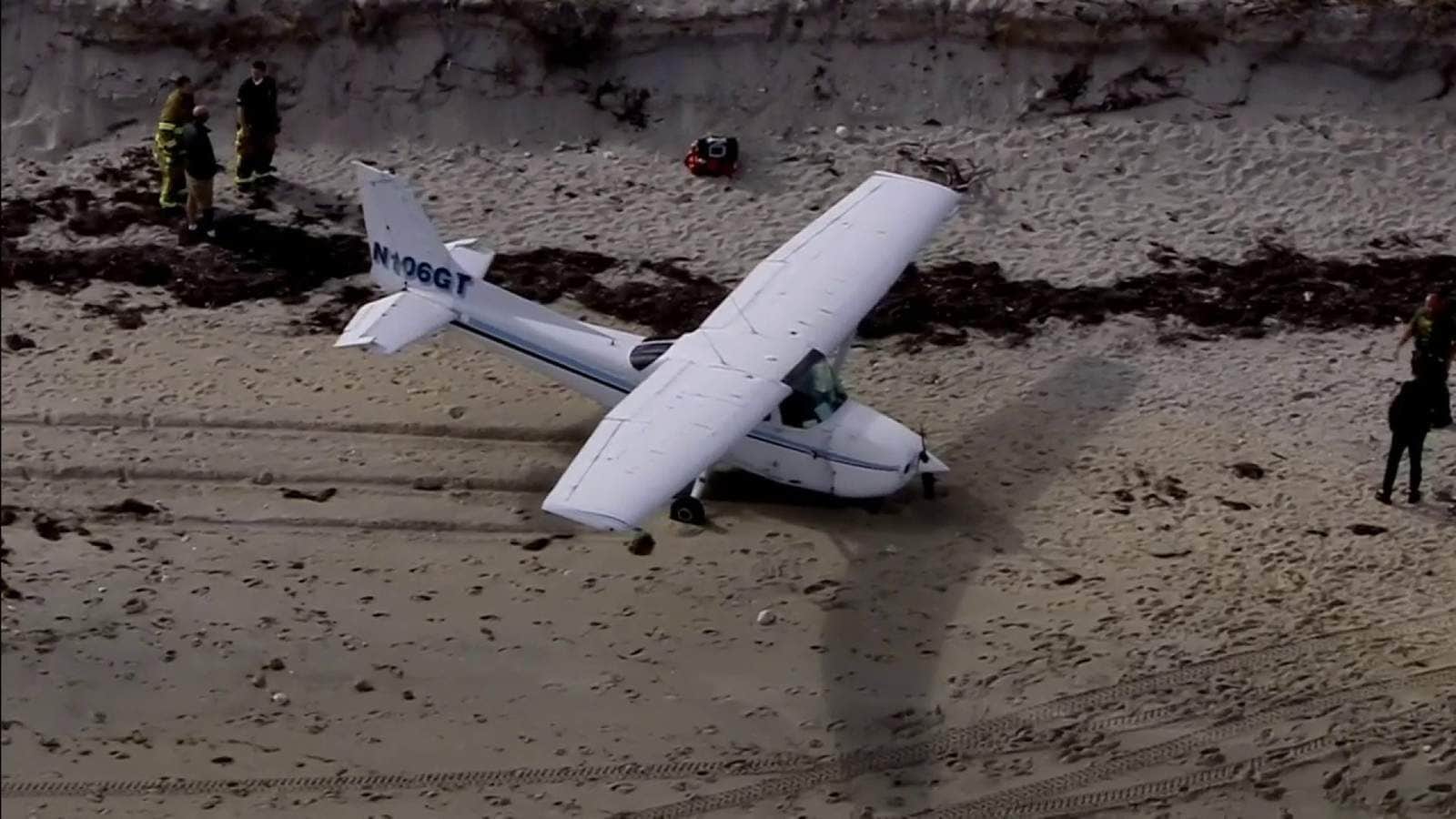
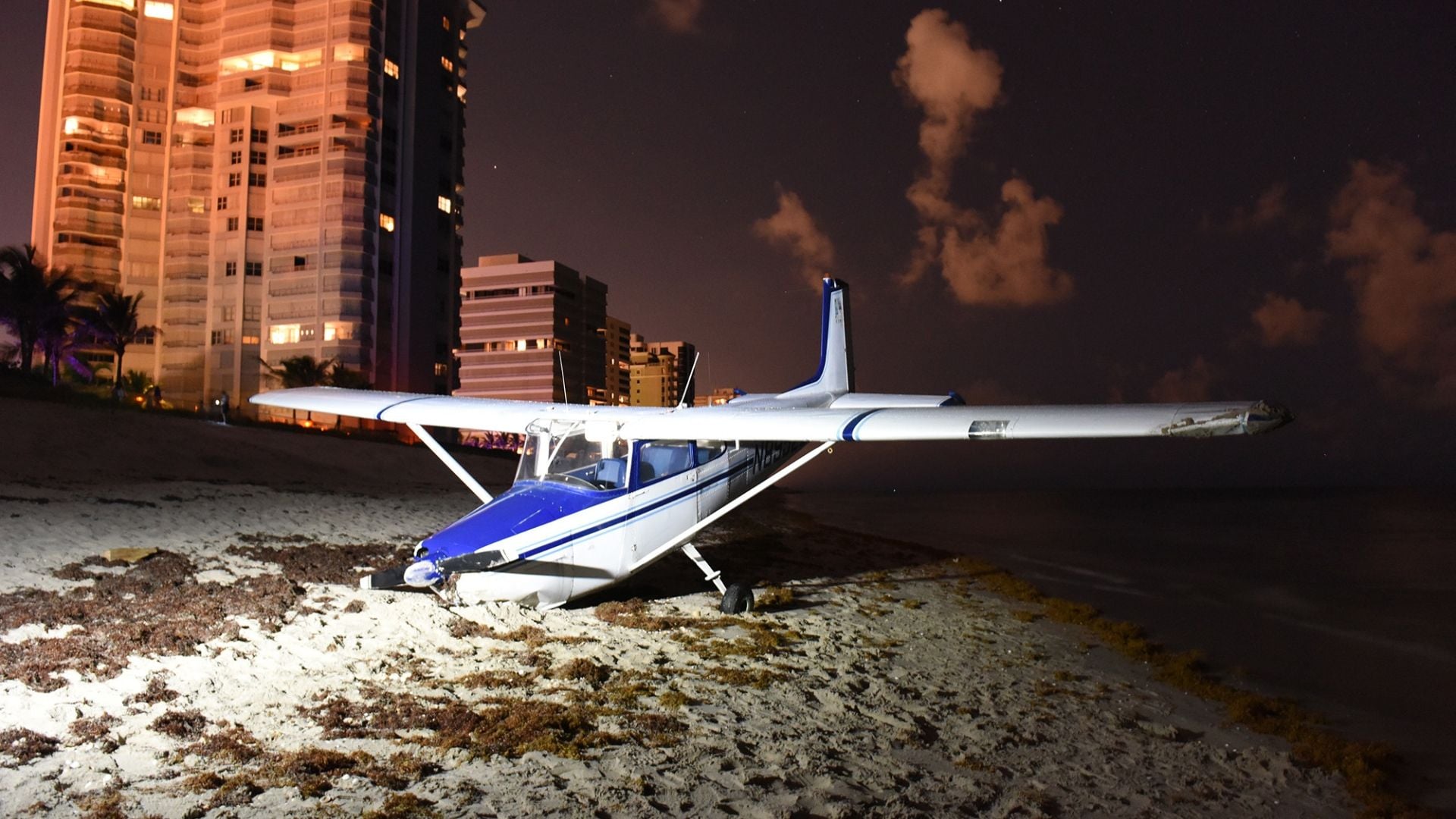


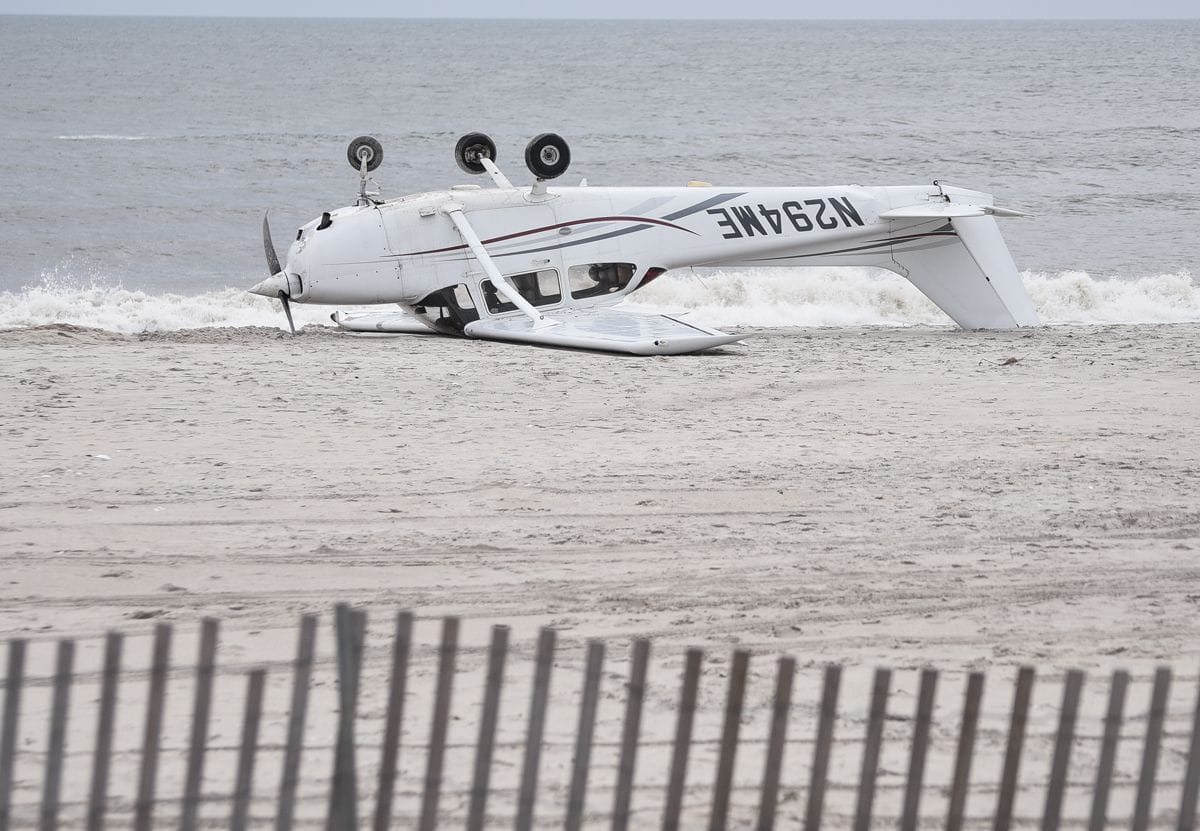
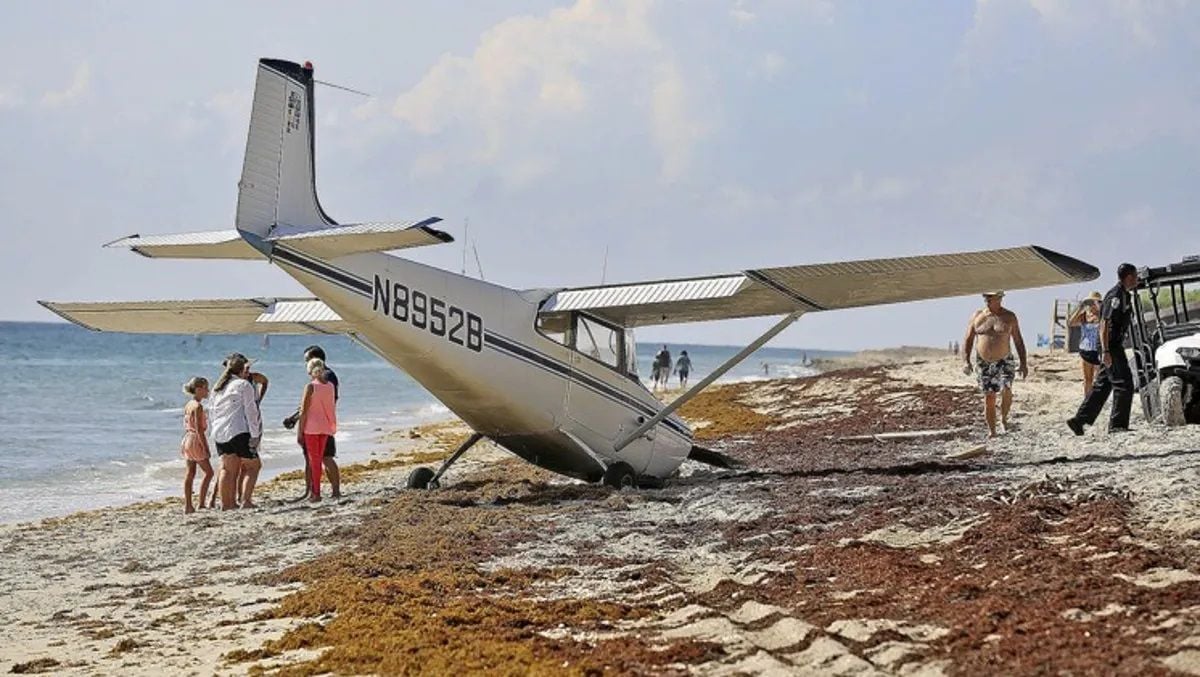
I found this slew of rather convincing photographs (scroll down) all of which rather strikingly indicate that while instructors often say you can put down on a beach, you will pretty much be in deep **** if you do ever attempt it. Not to mention the likelihood of people lying on it with their eyes closed, completely oblivious to your silent approach. Then again, going 30 metres off shore into the water is going to be a guarrantee of a sudden impact and a complete write-off of the aircraft, while still presenting the possibility of people in your dropzone. And because I have seen footage of planes landing on a beach as a normal thing, and there are even some islands that have their beaches as their airports, if the conditions are right, it can be done. Thus the beach still does present a chance of a non-damaging actual landing. Just that it may not be as high a chance as we all hope for.
Having asked a number of them, Instructors don't often have any experience with beach landings, nor much advice about it.
Has anybody made beach landings a successful part of their normal operations? Any tips to make it a safer experience?













If the only reason you are landing on a beach is because your engine has stopped, and you walk away from it, does it matter?
Has anybody made beach landings a successful part of their normal operations? Any tips to make it a safer experience
 As for tips to make it a safer experience, talk to the folk who use the particular beach as part of their operations. Without that brief, or your own ground based inspection/survey you have suddenly been promoted to test pilot. If it's a forced landing in a retractable then gear up is the safest.
As for tips to make it a safer experience, talk to the folk who use the particular beach as part of their operations. Without that brief, or your own ground based inspection/survey you have suddenly been promoted to test pilot. If it's a forced landing in a retractable then gear up is the safest.Thread Starter
Join Date: Nov 2014
Location: Melbourne
Posts: 37
Likes: 0
Received 0 Likes
on
0 Posts
Sorry if what I was talking about it wasn't clear.
Never had to try it, but I wonder if those who routinely do it if their aircraft are fitted with different than normal tyres?
A fish spotting aircraft used to (maybe still does) land on the beach in northern Tasmania NE of George Town, and I believe that had "balloon" type tyres.
A fish spotting aircraft used to (maybe still does) land on the beach in northern Tasmania NE of George Town, and I believe that had "balloon" type tyres.
Beach landing in a ďnormalĒ operation.
Many moons ago, I would regularly land on a beach strip in a C206. It was not difficult. Technique is important. What is also important is high floatation wheels. This was on Cape York.
The beach is also a challenge for most 4wd wannabes. Once again, technique and floatation (tyre pressure) is helpful in achieving success.
Many moons ago, I would regularly land on a beach strip in a C206. It was not difficult. Technique is important. What is also important is high floatation wheels. This was on Cape York.
The beach is also a challenge for most 4wd wannabes. Once again, technique and floatation (tyre pressure) is helpful in achieving success.
I recall Paul Bertorelli has done a couple of videos I think discussing ditching versus beach landings in case of engine failure.
He looked at statistics on survivability and injury and I found it added interesting perspectives.
I found a recent one he did on this:
Also a longer one I just found:
He looked at statistics on survivability and injury and I found it added interesting perspectives.
I found a recent one he did on this:
Also a longer one I just found:
Once you have an emergency all that matters is getting out of the situation safely, the aircraft is the insurance company's problem. I've never had to ditch, but after reading about it and listening to podcasts from people who've done it successfully, I think it makes more sense to ditch close to shore than to try to land in soft sand, unless you knew that beach and knew the surface was hard enough to land on without flipping the plane over. There's also the danger to pedestrians to consider, you could easily kill someone on the beach trying to put it down.
During COVID I spent a lot of time flying around the coast of Kenya, mostly following the coastline with a beautiful beach below me. And miles of horrible broken scrub inshore of the beach. So I thought about this a lot. I spent time visiting the beaches on foot to check the sand - tough job, but I’m prepared to make these sacrifices in the interests of aviation.
The conclusion I came to was that it depends! On a falling tide, a few meters above the water line, the sand was like concrete and would make beautiful landing site. Other places and times, the sand has a deceptively hard crust but under load it would break through into a void, I’m sure a landing on that would cause an instant and lethal flip. Dry soft sand well above the water would, I think, likely be survivable with a very nose-high technique, but would eventually cause a flip.
The beaches were generally deserted, so no worry about splattering sunbathers, but the shoreline also varied a lot depending on tide and location from rock/coral in the breakers to a clean gently sloping shoreline. It may be useful to have a rough idea of he state of the tide as part of your general SA.
So I conclude there’s no single answer to the question sand or water, I was constantly updating my plan depending on what was below me, and I would probably have updated it half a dozen times more as I descended.

That was fun while it lasted.
The conclusion I came to was that it depends! On a falling tide, a few meters above the water line, the sand was like concrete and would make beautiful landing site. Other places and times, the sand has a deceptively hard crust but under load it would break through into a void, I’m sure a landing on that would cause an instant and lethal flip. Dry soft sand well above the water would, I think, likely be survivable with a very nose-high technique, but would eventually cause a flip.
The beaches were generally deserted, so no worry about splattering sunbathers, but the shoreline also varied a lot depending on tide and location from rock/coral in the breakers to a clean gently sloping shoreline. It may be useful to have a rough idea of he state of the tide as part of your general SA.
So I conclude there’s no single answer to the question sand or water, I was constantly updating my plan depending on what was below me, and I would probably have updated it half a dozen times more as I descended.

That was fun while it lasted.
Last edited by double_barrel; 20th May 2022 at 07:10.
In the early 80's I had a job that required beach landings on the east coast of Fraser Island. Depending on demand it would be in a 172, Cherokee 6 or Islander. None of these aircraft had oversized tyres. All landings were done at low tide (had a tide table in each machine).
The best surface was on normal white sand with blue swirls, still damp (not wet) from the receding tide. Fresh water creeks flowing to sea were to be avoided which wasn't too hard as they were easy to spot at low tide. The dingoes & brumby's new to keep away, the biggest hazard was the 4WD bogans.
If you want to go beach flying, make sure you've got a tide table.
The best surface was on normal white sand with blue swirls, still damp (not wet) from the receding tide. Fresh water creeks flowing to sea were to be avoided which wasn't too hard as they were easy to spot at low tide. The dingoes & brumby's new to keep away, the biggest hazard was the 4WD bogans.
If you want to go beach flying, make sure you've got a tide table.
From past personal experience as an LAE at the operating airline; the Twin Otter has completely standard gear/tyres for its scheduled tide-dependant service to Barra; a TC holder's high-flotation option is available for the Twotter but not needed. Of course, Twin Otter stuff does not directly read across to other GA, and the company aircraft operating there have appropriate corrosion-control measures in the maintenance programme
Although Barra Airport is a beach, you don't just land on any convenient strip; its surveyed and marked. Its the mother of all beaches.
Other beaches, of course, can be sons of beaches.
Although Barra Airport is a beach, you don't just land on any convenient strip; its surveyed and marked. Its the mother of all beaches.
Other beaches, of course, can be sons of beaches.
Join Date: Mar 2017
Location: Lancashire, England
Posts: 22
Likes: 0
Received 0 Likes
on
0 Posts
Beach Landings
It's now a VERY long time ago since I was a tiny sprog, but the first aircraft I ever took to the air in was an Auster which was operatiing pleasure flights from the beach at Southport, Lancashire.
Famous for the huge distance from the land across the beach to the sea, there was plenty of room to avoid chopping up pedestrians but I can't see the elfin safe tea people being happy with it these days!
Famous for the huge distance from the land across the beach to the sea, there was plenty of room to avoid chopping up pedestrians but I can't see the elfin safe tea people being happy with it these days!
This is a take off from a beach, but shows how it can go wrong
can't remember exactly but think this was a takeoff after conducting a forced landing (must have got the issue fixed)
I have no experience in beach landings. However, I do have some clear recollections from training and BFRs
Isnít a key input to this decision your aircraftís undercarriage configuration?
Arenít you guaranteed to flip if you ditch into the water in a fixed gear aircraft or with the undercarriage of a retractable undercarriage aircraft extended? (Didnít a Commander 114 end up inverted and sunk, with all POB lost, after a recent forced ditching off Redcliffe(??) with the gear extended?)
If Iím in an emergency in a fixed gear aircraft and have the choice, Iíll takes me chances on the sand near the waterline. Most if not all of the POB the aircraft pictured on the sand in the OP survived - even the inverted ones. I reckon itís easier for people to render assistance to people in a flipped aircraft on the sand than in a submerged cabin some distance from the shoreline.
Isnít a key input to this decision your aircraftís undercarriage configuration?
Arenít you guaranteed to flip if you ditch into the water in a fixed gear aircraft or with the undercarriage of a retractable undercarriage aircraft extended? (Didnít a Commander 114 end up inverted and sunk, with all POB lost, after a recent forced ditching off Redcliffe(??) with the gear extended?)
If Iím in an emergency in a fixed gear aircraft and have the choice, Iíll takes me chances on the sand near the waterline. Most if not all of the POB the aircraft pictured on the sand in the OP survived - even the inverted ones. I reckon itís easier for people to render assistance to people in a flipped aircraft on the sand than in a submerged cabin some distance from the shoreline.
That used to be a thing, if you could drive a heavily sprung vehicle at 60mph smooth enough it would be good to work off. Then later on farmers drove down the airstrip in the Range Rover at 60 k's, if they could hang on they said all good.
and sorta 'cos a lot of these photos look kinda, I dunno, fatal?
I have no experience in beach landings. However, I do have some clear recollections from training and BFRs
Isnít a key input to this decision your aircraftís undercarriage configuration?
Arenít you guaranteed to flip if you ditch into the water in a fixed gear aircraft or with the undercarriage of a retractable undercarriage aircraft extended?
Isnít a key input to this decision your aircraftís undercarriage configuration?
Arenít you guaranteed to flip if you ditch into the water in a fixed gear aircraft or with the undercarriage of a retractable undercarriage aircraft extended?



